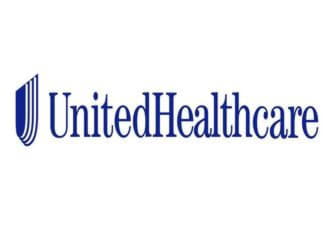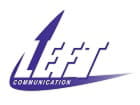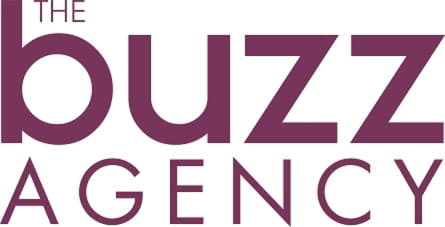
As our nation seeks solutions to help improve the healthcare system, there is at least one goal we can all agree on: the importance of making healthcare quality and cost information more accessible to all Americans.
Providing health care prices to consumers, healthcare professionals and other stakeholders could reduce U.S. health care spending by more than $100 billion during the next decade, according to a 2014 report by the Gary and Mary West Health Policy Center.
That is in part due to the significant price variations for health care services and procedures at hospitals and doctors’ offices nationwide, yet a study by Families U.S.A. concluded that higher-priced care providers do not necessarily deliver higher-quality care or better health outcomes. A knee MRI can cost between $400 and $3,500, and back surgery (lumbar fusion) can range between $50,000 and $90,000.
Fortunately, there are many new online and mobile resources that help enable people to access health care quality and cost information, helping them to comparison shop for health care as they would with other consumer products and services. People can also call their health plan to discuss quality and cost transparency information, as well as talk with their health care professional about alternative treatment settings, including urgent care and telehealth options. Public websites, such as www.uhc.com/transparency and www.guroo.com, also can help enable access to market-average prices for hundreds of medical services in cities nationwide.
As people take greater responsibility for their health care decisions and the cost of medical treatments, transparency resources are becoming important tools to help consumers access quality care and avoid surprise medical bills.
Chris Mullins, CEO, UnitedHealthcare of Mid-Atlantic Region



















